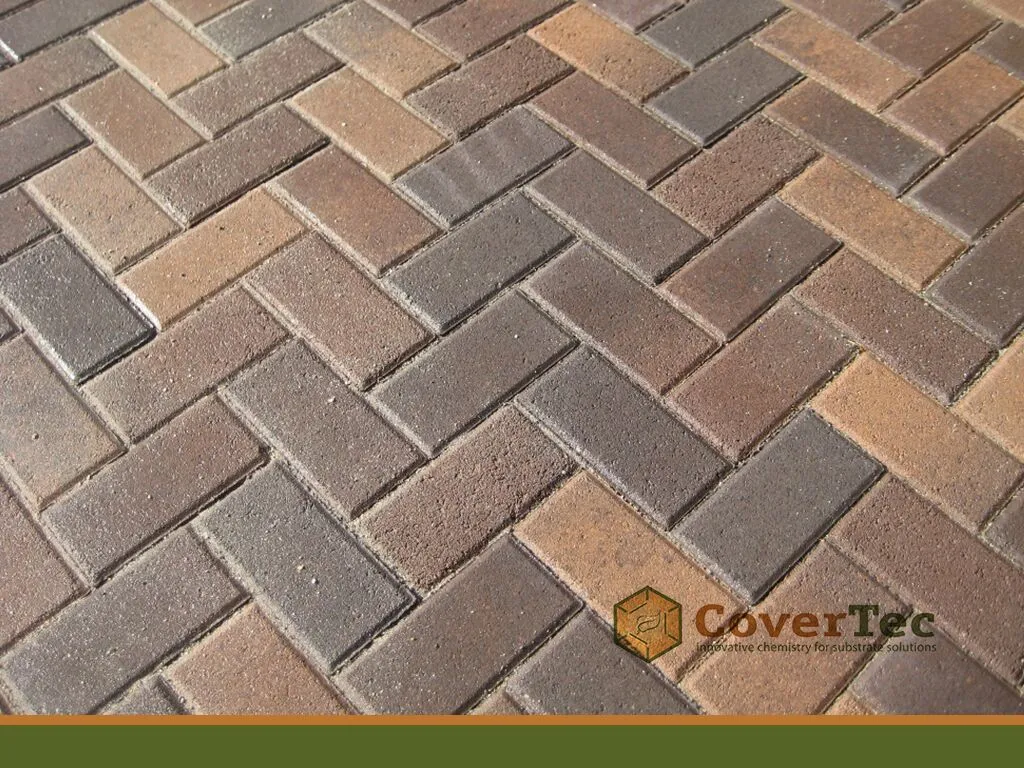How To Seal Pavers For a High Gloss Wet Look | Brick, Driveway & Concrete Pavers
A bit of gloss on your driveway gives it a beautiful, just-finished look that will last for a long time if done correctly. Click the link for our tips on how to seal brick and concrete driveways, and be sure to contact us today for all of your indoor or outdoor flooring needs!
Looking for a wet look, gloss appearance that brings out the colors in your pavers? Do you want something that holds up to sun and weathering for 2 to 3 years – or more?
You’re in the right place. To get the results above, it’s important to understand how to seal pavers… and why. We’ve got your answers below.
Details below. Click to go there now.
It’s Easier Than You Think To Seal Your Pavers

After 18 years of dealing with the question of how to seal pavers the right way, my best recommendations are as follows:
- Spray apply rather than roller apply.
- Use water based sealers rather than solvent based.
- Use urethane sealers rather than acrylic sealers.
Let’s expand on these 3 guidelines a little further. (And here’s a quick video to show you what we mean.)
Spray Application vs Roller to Seal Pavers
While roller applying a sealer is easier than spraying, roller application does not work as well on pavers compared to something like concrete.
The biggest drawback when rolling sealer on brick pavers is that the roller can pick up the joint sand and roll it over the top of the brick paver surface. This is especially true if the joints are wide. Furthermore, the amount of sealer that soaks into the sand joints is difficult to control when rolling.

How Much Sealer Do I Apply
Apply a flood coat to the paver surface including the joints. This method will apply the sealer very generously while allowing the sealer to soak into the sand joints as well.
As long as you apply the paver sealer on a windless day, the coverage can be generous and effortless.
If you really can’t get a pump up garden sprayer, opt for a sponge-type roller to apply the sealer. A nap roller is more likely to grab and trap your joint sand.
Water Based Sealer vs Solvent Based
Solvent based sealers are bad for the environment! Manufacturers are gradually moving away from these type products.
Regardless, solvent based sealers are more difficult to spray apply than water-based sealers, and they don’t really seal the joint sand, as well as the water based products.
The solvent based sealer tends to seal only the top surface of the sand compared to the water based, which soak down deeper into the sand.
From our lead chemist:
” While solvent-based sealers can produce a nice high gloss surface, they can also make the surface slippery if applied too thick.
Also the gloss finish, typically burns off after 6 months of exposure to the sun. “

Water based acrylic sealers eliminate the issues with using solvents and are better at stabilizing joint sand to prevent sand loss.
However, it is important to use a high solids acrylic sealer or a urethane modified acrylic sealer, otherwise they fade and lose the glossy appearance after 6 months to a year.
Polyurethane vs Acrylic
Water based polyurethanes are a tougher sealer than acrylics and are more UV resistant and chemically resistant.
They don’t yellow, perform better outside and they are more resistant to chemicals oil, brake fluid, and chlorine.
The best water based polyurethanes are 2-part products (Part A and B requiring mixing). These 2-part polyurethanes when mixed together chemically cross link to form a paver sealer that is highly durable and long lasting when exposed to sunlight and/or freeze thaw.
A big plus is that they are much less sensitive to moisture. You can apply a 2-part polyurethane water based sealer as soon as you finish pressure washing. We call it “same day” sealing.

” The down side of using 2 part polyurethanes to seal pavers is that they are more expensive. And once you have mixed them, you have to use them. There is no shelf life or coming back the next day to seal pavers, with left over mixed product.


